
Get in Touch With Us and Tell Us About Your Toughest Monitoring and Control Challenges.
SignalFire Telemetry products connect you with crucial product and hardware data at any of your oil and gas operation sites—whether it’s a pump, pipeline, or storage tank.

SignalFire Telemetry devices install anywhere water asset monitoring is needed, whether it’s for collection purposes, treatment, or delivery.
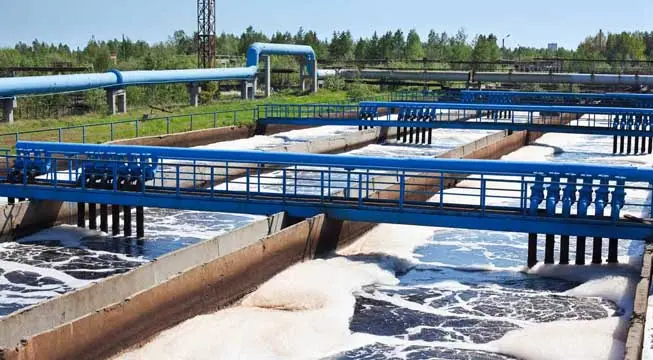
SignalFire Telemetry devices can monitor key assets and can do it affordably, without any renovation or high-priced engineering costs. They install easily with no required cable or additional power. The data is available on your phone or computer and the cloud service can even output to your corporate system to integrate with the rest of your data and keep your operation running.

SignalFire Telemetry devices can monitor and manage water supplies and additives throughout the property, helping you avoid catastrophic shortages and keep your irrigation plan on track.

Avoid costly product loss in bulk storage tanks, terminals, and transportation movements. Whether calling for tank levels, gauge pressure, or even movement pumps or pipelines, SignalFire products can fill any monitoring gap throughout a facility.
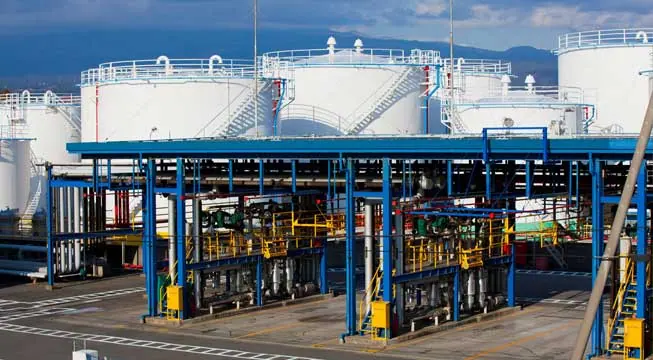
Environmental fines for businesses are frustrating and can bring business to a standstill until they’re worked out. No business wants to hurt the environment, and in competitive markets stopping production affects the bottom line and staff. But there are effective and affordable solutions with SignalFire Telemetry devices.

Expand visibility and control of your refinery or petrochemical processing facility without expensive renovations or redesigns. And do it with your current gauges and hardware. SignalFire telemetry devices are designed to work in harsh chemical environments and meet the strictest safety and security standards

No matter the size of your service map, monitoring remote assets ensures efficiency and keeps your operation in compliance. That’s how SignalFire devices can really help, offering the most affordable and effective monitoring solution that will monitor liquid, gas, electricity, and other assets.

Explore the diverse applications of SignalFire Wireless Telemetry Systems across different industries.
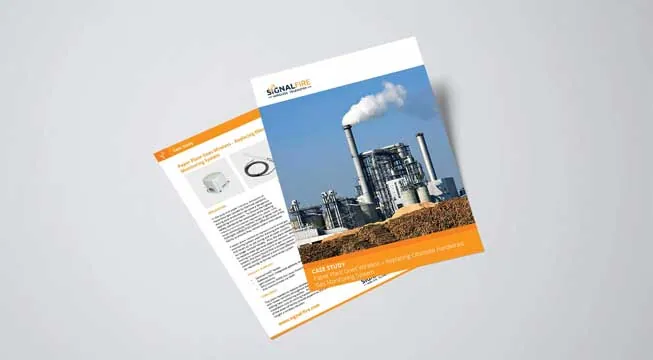
Access our latest brochures to explore comprehensive information about our products and services.

Easily find the sensors that are compatible with our systems on this dedicated page.
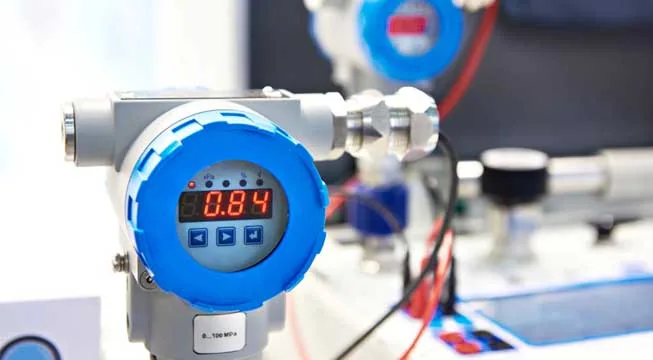
Explore a comprehensive collection of images showcasing our products, installations, and real-world applications.
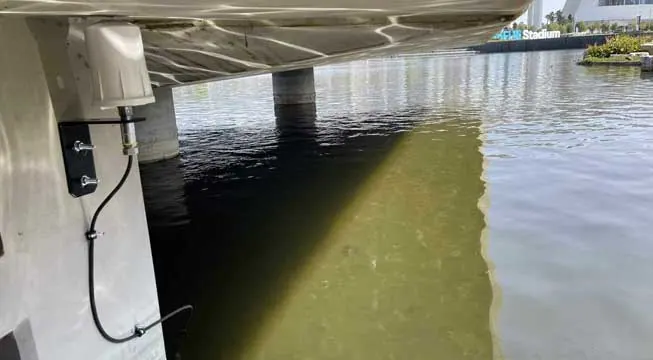
A common question among users considering a SignalFire wireless telemetry network or similar wireless sensor control system is “What is the Operating Range?”. For this discussion, operating range is the distance over which a wireless networked system can perform.
Transmitter power, receiver sensitivity, radio antenna, and topography factor into determining operating range. While many wireless system suppliers specify operating range under ideal, line-of-sight conditions, the real world “in-the-field” situations are often anything but ideal. Antenna height, obstacles (trees, structures, etc.), and nearby metal objects can reflect radio waves, affecting the operating range. As manufacturers state operating range under their specific conditions, comparing and even specifying wireless equipment becomes difficult.
Understanding how the components of a wireless sensor control system will work in a remote monitoring and control application can help avoid surprises when it comes time to fielding the system. To ensure users get the expected operating range, SignalFire specifies its wireless range as a representative of a typical real-world installation. For example, we offer short-range, battery-powered nodes that communicate reliably over a ¼ to ½ a mile distance and high power “stick” nodes that communicate at 3+ mile distances.
Network type is also a factor in maintaining operating range. For instance, as the SignalFire Remote Sensing System operates in a mesh network, any powered device (DC power or Solar system) will automatically form a point in the mesh and forward messages for other devices. In this network, one or more longer range nodes are typically located near a cluster of shorter range nodes. Any shorter range node that cannot communicate directly with the gateway will automatically route messages to the nearby longer range node. Because data moves from node to node toward the gateway, placing intermediate modules in the system can extend the range. With a mesh network, adding a node to serve as a fallback repeater in the communications network can work around unexpected issues or extend the system range.
Once specifying the right wireless equipment, the following installation guidelines can help ensure its reliability over specific distances:
Using these tips can help you to determine if your wireless sensors control system will communicate over a particular range. In applications with many obstacles or other factors that can limit operating range, a site survey may be necessary to prove out the communications.
Read how Mesh Networking Overcomes Limitations of Older Telemetry Systems
Find out more about SignalFire Wireless Telemetry Systems at https://www.signal-fire.com/.
Get in Touch With Us and Tell Us About Your Toughest Monitoring and Control Challenges.


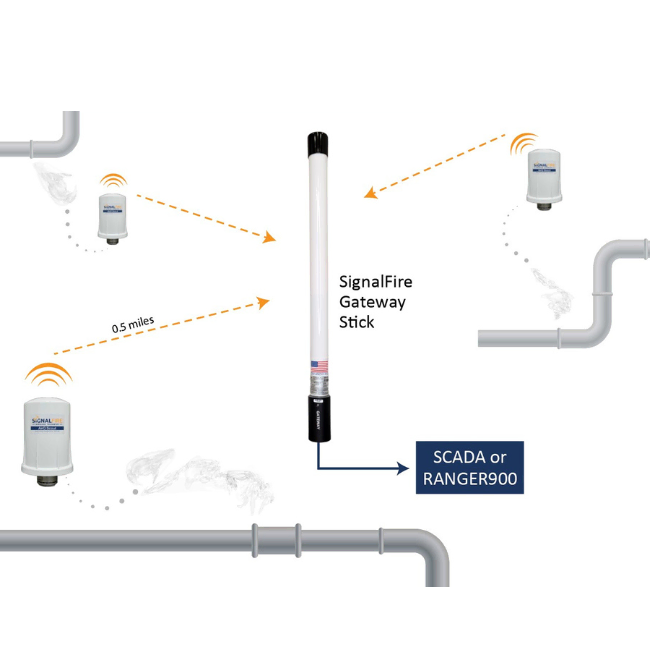


"*" indicates required fields